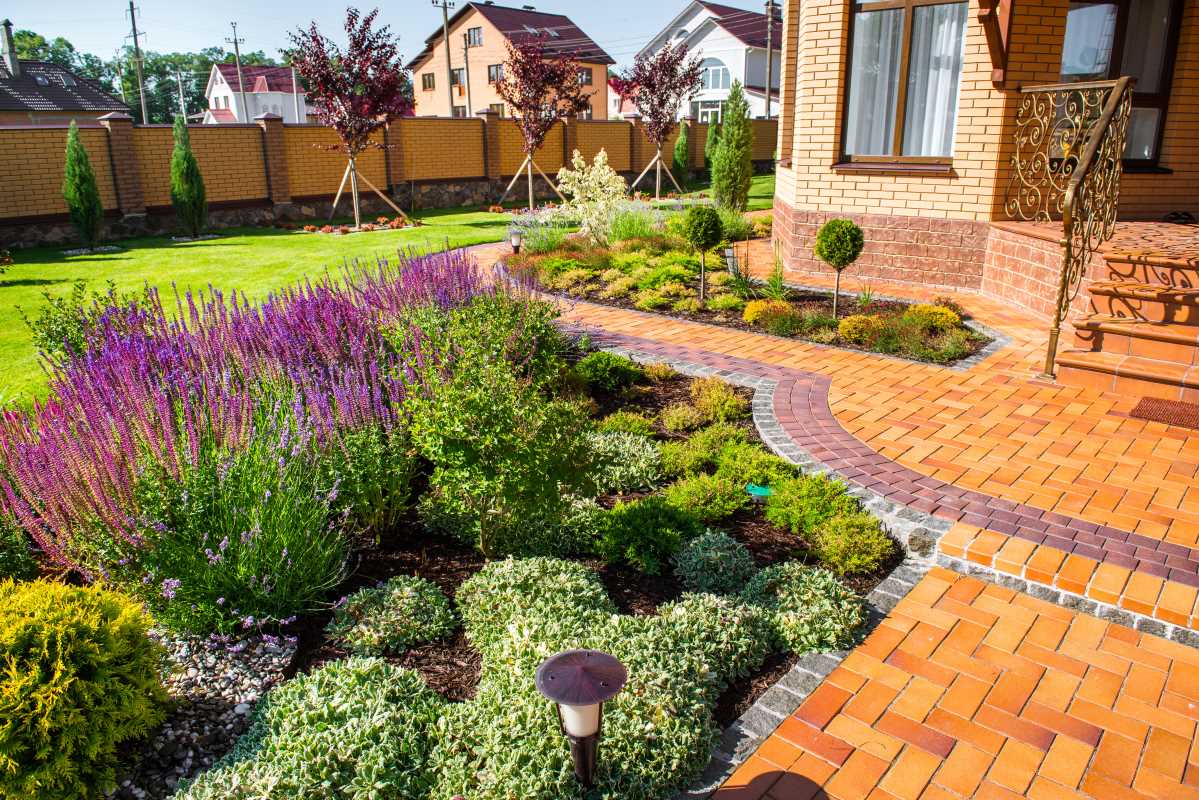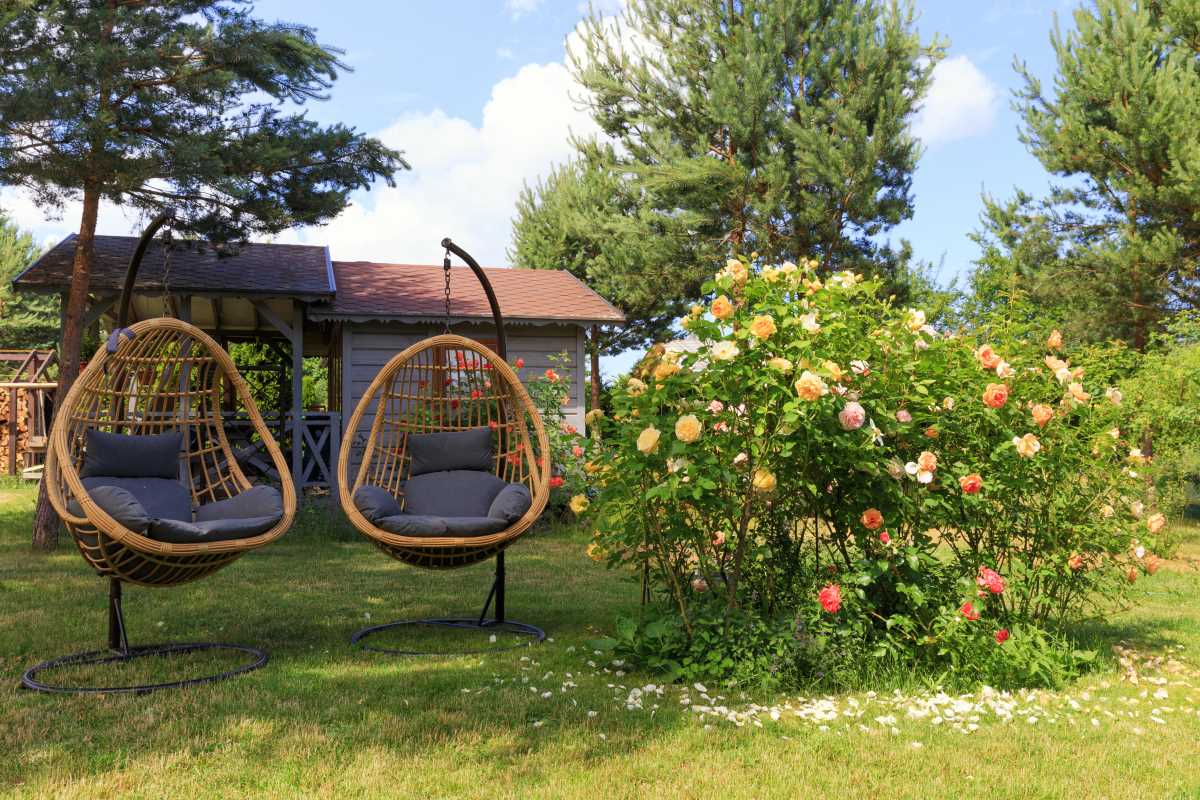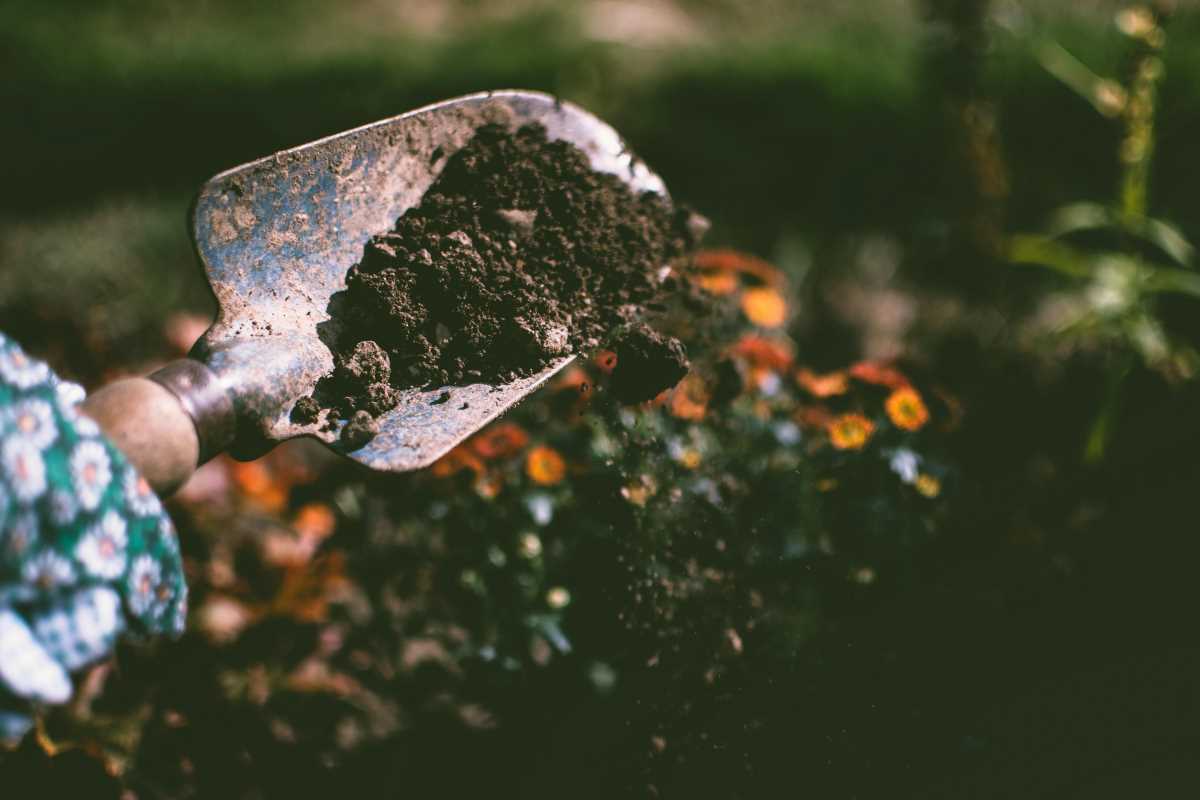Creating a welcoming yard often starts with simple, enjoyable landscaping projects that require little maintenance. Eco-friendly choices add beauty to your outdoor space while saving water and energy, making it easier to keep your garden looking great with less effort. By choosing sustainable plants, smart irrigation methods, and natural materials, you can design a yard that reflects your style and supports the environment. These practical ideas allow you to personalize your landscape, reduce your environmental impact, and enjoy a beautiful, easy-care space all year long.
Designing an eco-friendly landscape means mixing smart choices with style. Every pick you make can reduce waste, support local wildlife, and minimize water use. The result is a peaceful outdoor retreat that blends beauty with practicality.
What Makes Landscaping Eco-Friendly?
Eco-friendly landscaping involves a thoughtful approach by considering nature and sustainability. This type of gardening avoids chemicals and excess water use, while also promoting native species that are already well-adapted to the local climate. Choosing materials and plants that demand little care enables you to enjoy your yard without the hassle of constant maintenance.
Some important principles and benefits include:
- Preserving natural resources by using local materials and native plants
- Reducing water use through drought-resistant choices
- Creating habitats for beneficial insects and birds
- Minimizing waste by opting for sustainable materials and design practices
Choosing Native and Drought-Resistant Plants
Selecting the right plants is a key aspect of an eco-friendly landscape. Native and drought-resistant varieties are tailored to thrive in your region, which means they need less water and fewer fertilizers. Planting these species encourages local biodiversity and helps your garden adapt to changing weather conditions.
When planning your garden, be sure to research the types that grow best in your local climate. Visit local nurseries or check online resources to get advice about plant combinations, seasonal cycles, and any challenges specific to your area. Enjoy the chance to mix colors and textures while honoring nature’s blueprint.
Low-Maintenance Lawn Alternatives
Your yard doesn’t have to be a traditional, manicured lawn to look attractive. Many low-maintenance alternatives can create a unique and practical space for outdoor living. These options free you from constant mowing and care, allowing you to enjoy more free time in a beautifully varied yard.
Here are some popular lawn alternatives that stand out:
- Clumping ornamental grasses that add movement and texture while being water-efficient.
- Groundcovers like Vinca or Ajuga, which provide dense coverage without the need for regular mowing.
- Moss lawns that thrive in shady regions and require minimal water and upkeep.
- Hardscaped areas with stone or gravel, which reduce grass coverage and create distinct zones for seating or pathways.
Sustainable Watering Solutions
Watering wisely helps you cut down on wasted resources and supports healthy plant growth. Installing drip irrigation or sensor-controlled systems can make a big difference in water usage. These systems deliver water directly where it’s needed and limit evaporative loss.
Eco-Friendly Hardscaping Ideas
Hardscaping elements can change your yard from ordinary to extraordinary. Using permeable pavers or recycled materials to create patios, walkways, and retaining walls does more than just add style. These features help manage stormwater and reduce soil erosion while keeping maintenance to a minimum.
The right balance of hardscaping and softscaping creates a harmonious environment. Consider using reclaimed wood for decorative borders or recycled concrete for pathways. Not only do these choices add character to your yard, but they also support a sustainable lifestyle by reusing materials that might otherwise end up in landfills.
Your landscape reflects your style and your commitment to living in harmony with nature. Making smart choices about plants, lawns, hydration, and hardscaping reduces the workload of yard work while boosting environmental health.
Adopt sustainable practices to create a stylish, eco-friendly yard that is easy to maintain. Enjoy a beautiful outdoor space with less effort.
 (Image via
(Image via





